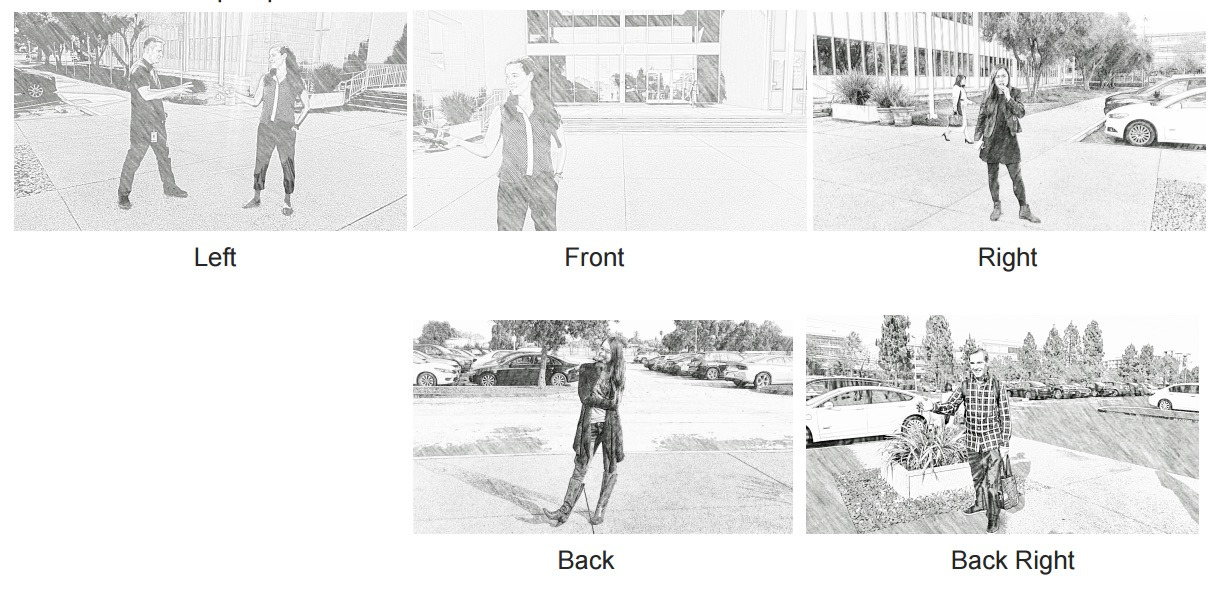Storyboarding is a sequence of images, with some directions and dialogue, that represent the shots you plan to film. The purpose is to previsualize the story and the shots before going into production and to communicate your vision to the crew as clearly as possible.
For example if the script calls for “an elephant to walk into the room,” everyone involved will have their own vision of what that looks like. If there are 10 people on the crew, you would have 10 different elephants, 10 different doorways, 10 different room descriptions and 10 different camera angles of that moment. Storyboards allow the director (or directing team) to present THEIR vision of what that moment looks like to the crew to start collaborating on how to construct that moment from the same blueprint.
In traditional storyboarding you would use a template like this: Each box would represent a specific moment in the story that would play out in front of the camera.

With 360° video you have multiple options as you need to determine what happens in front, back, left right, above and below the viewer. First let’s envision a scene that you would want the viewer to experience:

To storyboard for 360° video, you would have to breakdown that single moment into multiple frames from the viewer’s perspective and sketch them out:

And, then you can use those sketches to position your actors on set (known as “blocking”). With your storyboards in hand, you will be able to place the 360° camera (and the audience) inside the action now that your cast and crew fully understand your vision.

There are many ways you can design a storyboard. Here are three examples. You can use any way you feel comfortable with as long as you accurately communicate your vision to your cast and crew.



Tips from Mentors:

